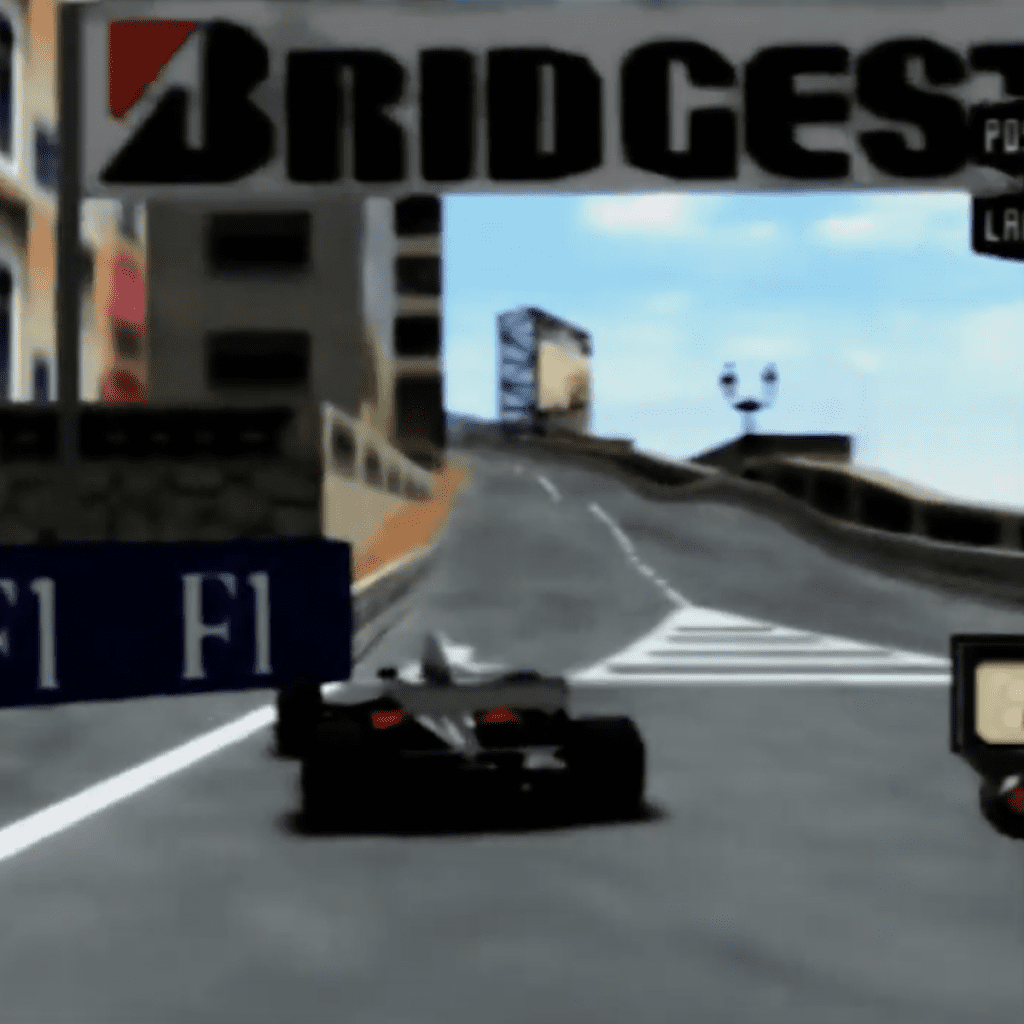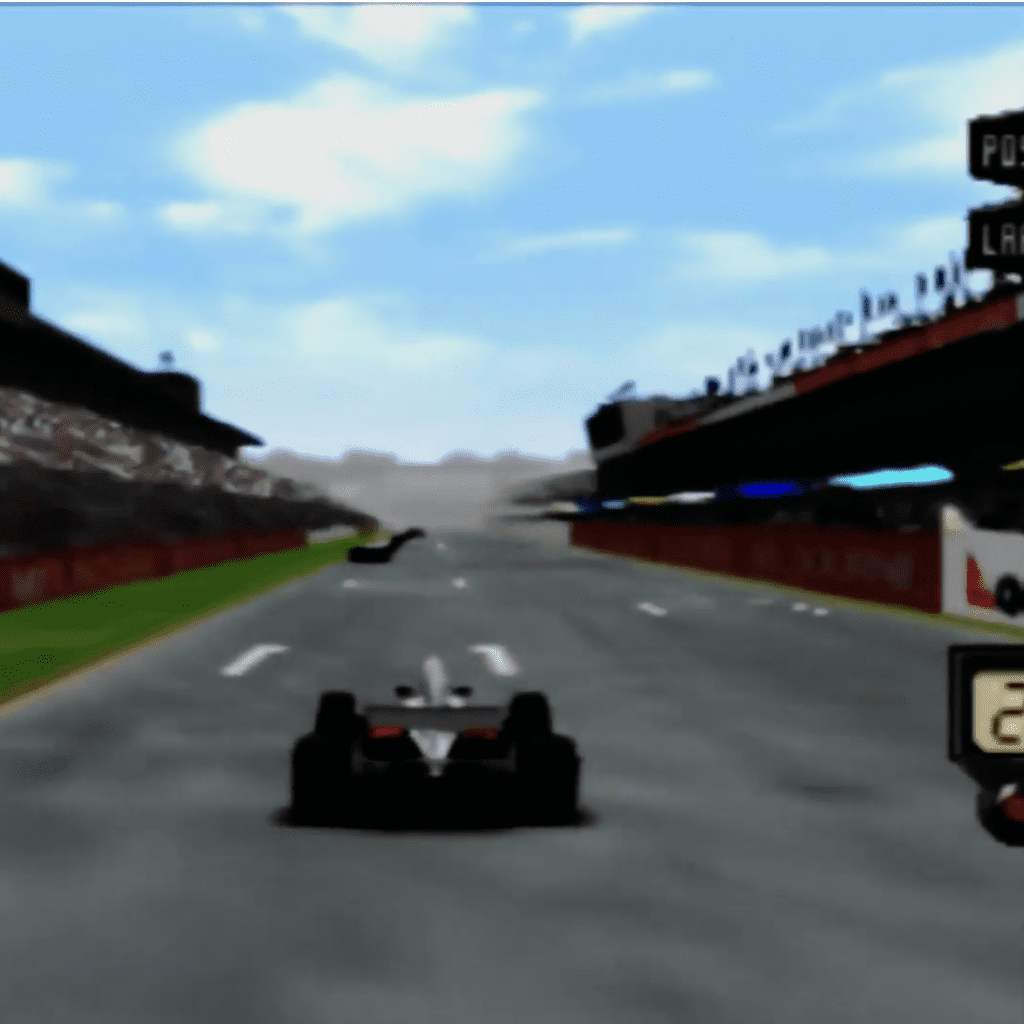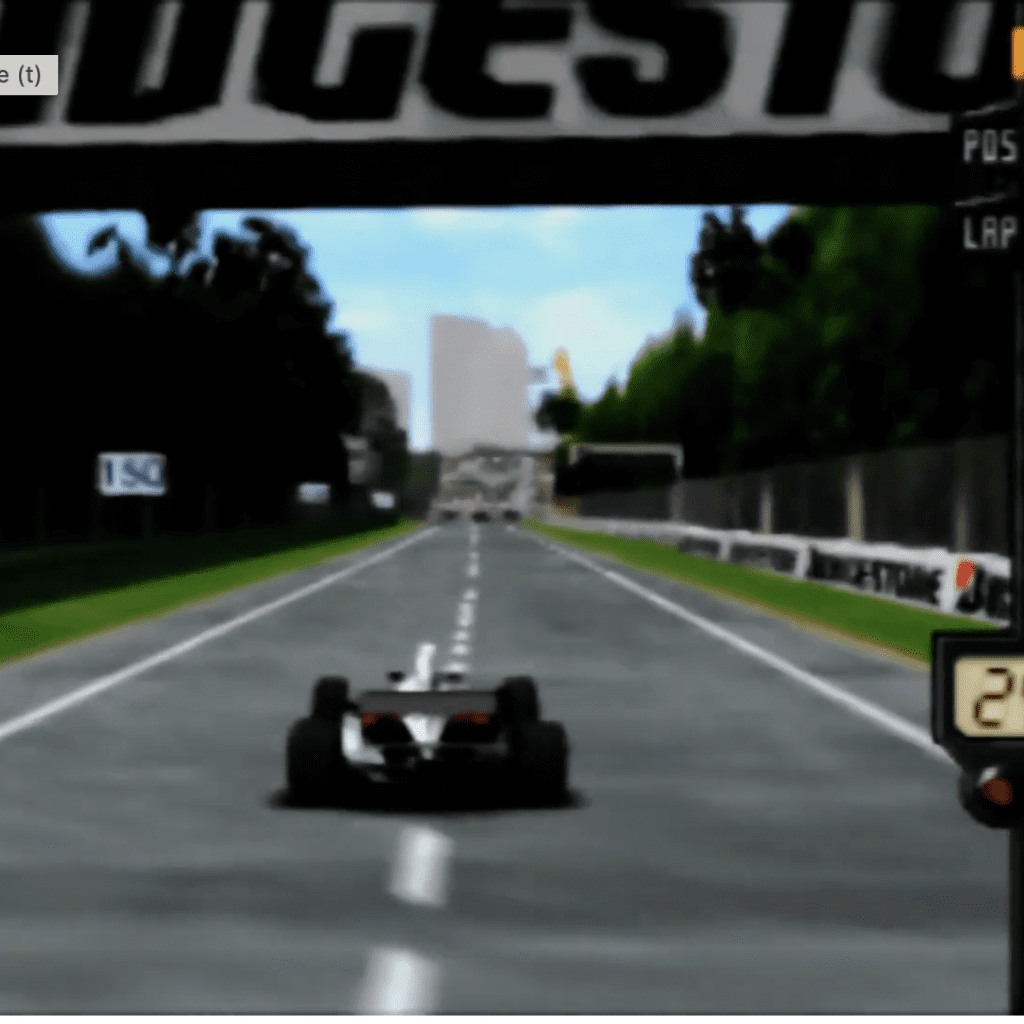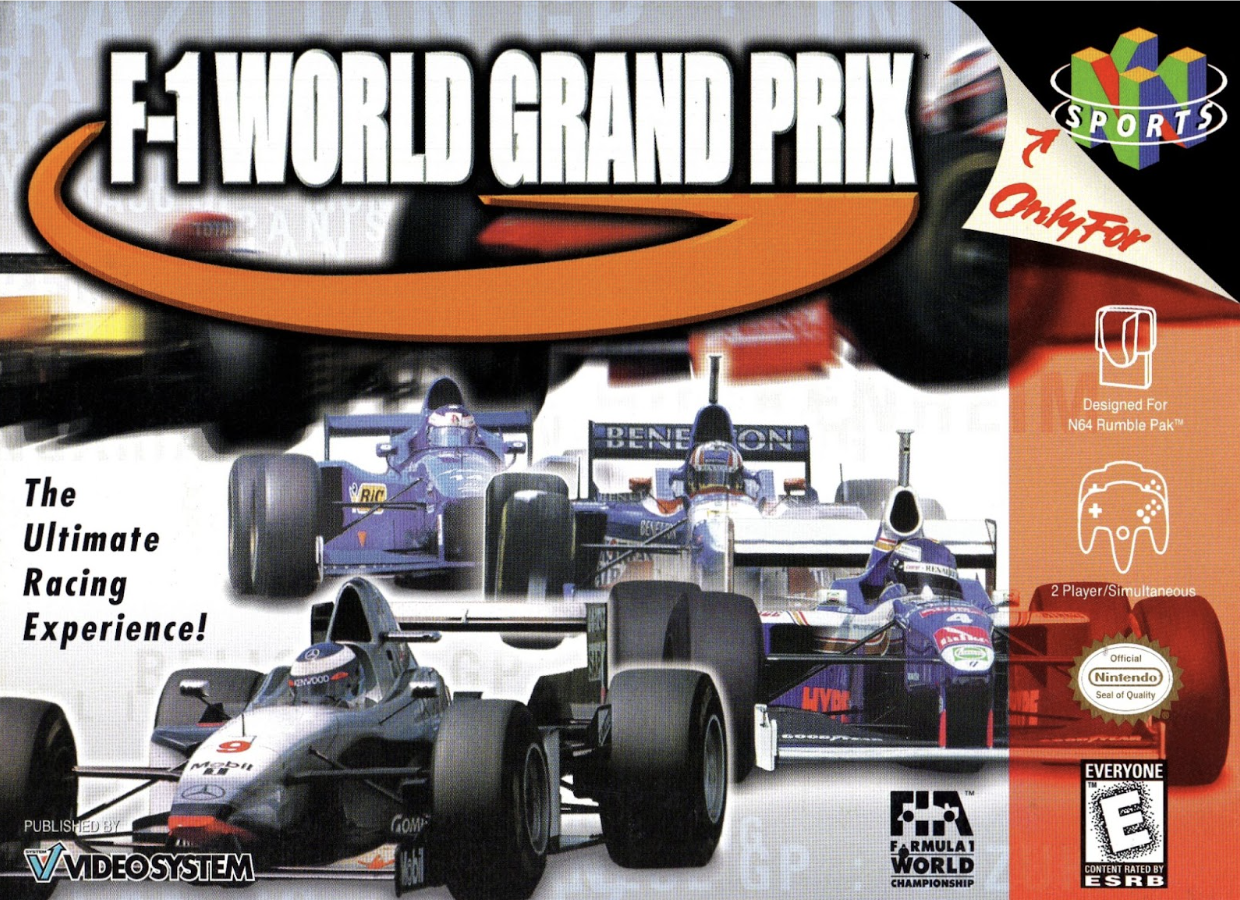Released in 1996, the Nintendo 64 is fondly remembered these days for games like Super Mario 64 (1996), which pretty much defined what a 3D platformer should be, Goldeneye 007 (1997), which brought the fun of first-person death matches that PC gamers had enjoyed for years to the home console, and Star Fox 64 (1997), which introduced the added immersion of controller vibration via the rumble pak and remains (to some) arguably the best entry in the Star Fox franchise.
Ask gamers old enough to have an N64 in their college dorm rooms about racing games on the console and you’ll get enthusiastic responses about Mario Kart 64 (1996) and Diddy Kong Racing (1997), both of which feature kart-style vehicles and the ability to race as apes. You might also hear some praise for Wave Race 64 (1996) and its mind-blowingly realistic water effects or San Francisco Rush: Extreme Racing (1998) which, let’s be honest, was more about the fun of doing sick stunts than actual racing. But check under the hood and there are at least a few realistic racers on the Nintendo 64 waiting for those willing to look past the fun of monkeying around with kart racers.
F-1 World Grand Prix (1998), for example, launched on the Nintendo 64 first, with other versions of the game releasing on the Sega Dreamcast, GameBoy Color, PlayStation, and PC. The Nintendo 64 version follows the 1997 Formula One season with all 17 circuits and most of the 22 drivers in the game. Subsequent versions were based on the 1998 and 1999 seasons. The game features multiple modes including “Grand Prix” which is a full simulation of the 1997 season, time trials, and the ability to race against another player locally via splitscreen. There is also a challenge mode that recreates certain scenarios from the 1997 season such as attempting to snatch victory in the 1997 Italian Grand Prix from Jean Alesi while racing as David Coulthard. Before each race, players could tweak and modify their cars by changing the amount of tyre tread, wing angle, or fuel.
What stands out most about F-1 World Grand Prix is its visuals. Races can be viewed from multiple camera angles, and each one looks great when viewed in historical context. Of course, the graphics are rudimentary compared to the superior hardware and memory size of modern racers. If you look too hard at the stands in F-1 World Grand Prix, you’ll see an ocean of cardboard cut-outs rather than something like actual people, and the signs that whiz by are not much more than simple rectangles with a bit of branding. But consider F-1 World Grand Prix on the Nintendo 64 for what it represented at the time: a Formula One simulation that faithfully recreates the experience of watching a race on television on a console that frequently failed to produce visuals that were convincingly realistic. GoldeneEye 007 character models, I’m looking at you.



F-1 World Grand Prix would receive multiple sequels including F-1 World Grand Prix II for the Nintendo 64, Dreamcast, and Game Boy Color, however the Nintendo 64 version was only released in Europe. Another game in the series, F1 World Grand Prix 2000 was released on PC and PlayStation in 2001.

